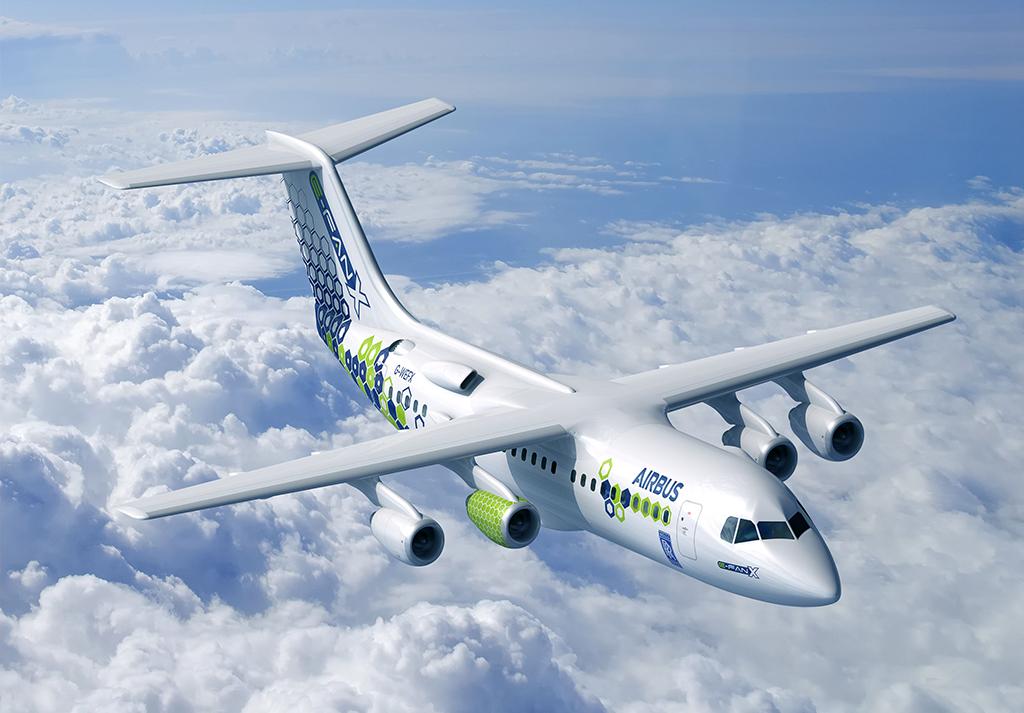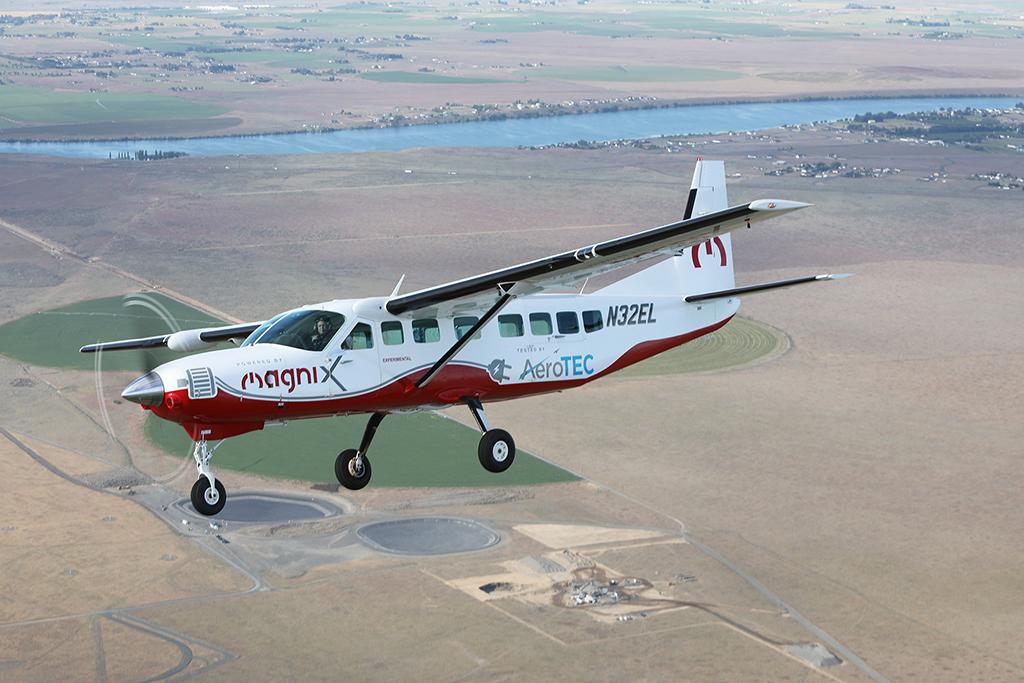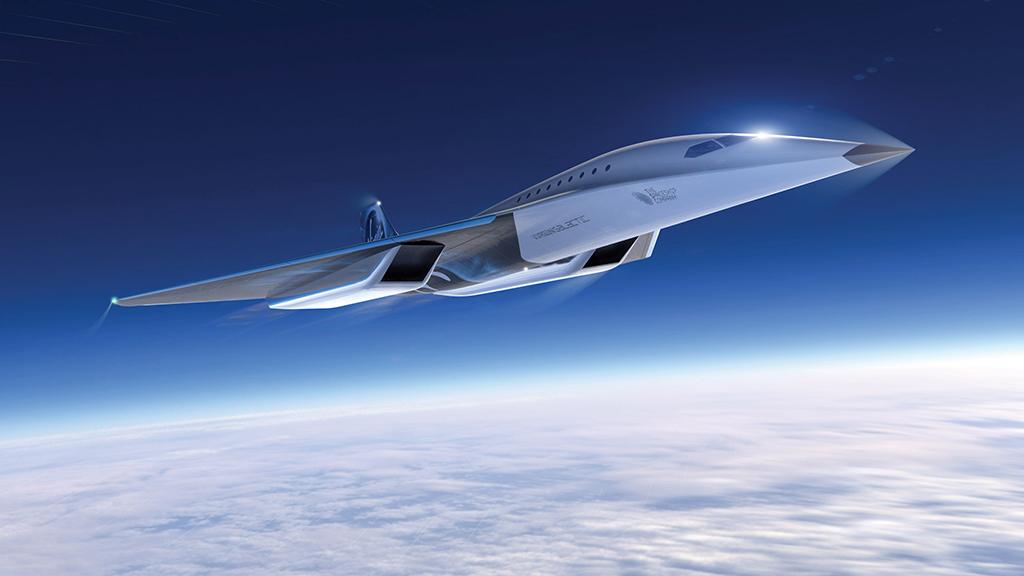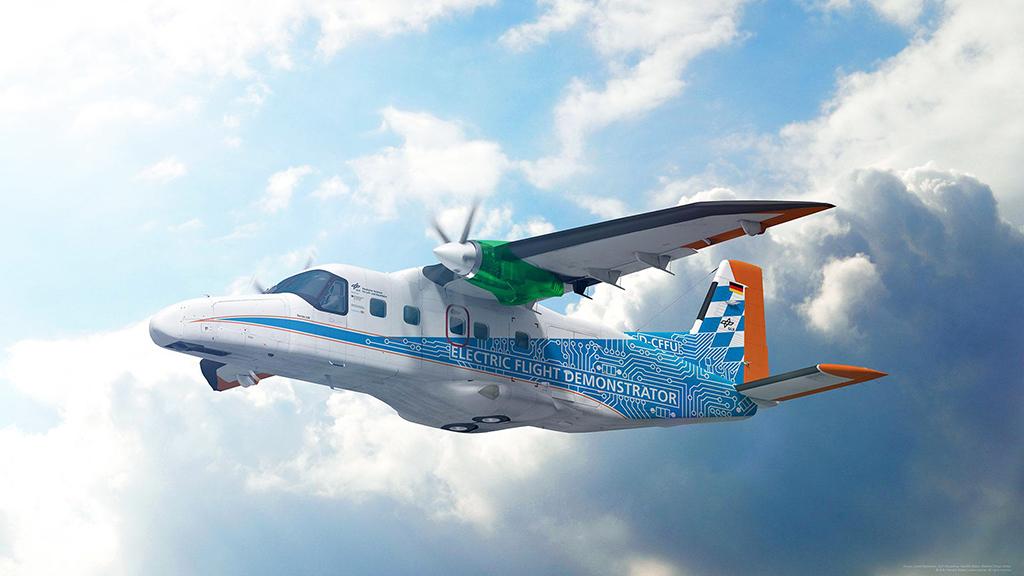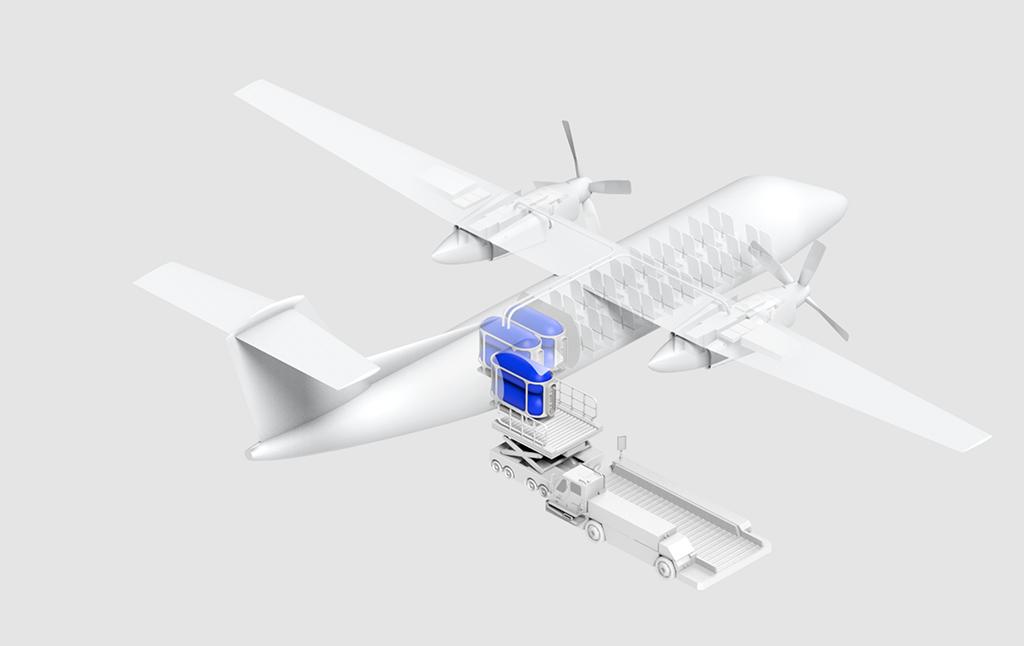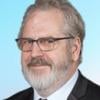In a year that saw a substantial increase in activity around electric-aircraft propulsion, one of the biggest milestones of 2020 involving a turbofan engine was FAA certification of GE Aviation’s GE9X engine for the Boeing 777X, its 134-in.-dia. fan making it the largest commercial turbofan to date. Here are some of the propulsion highlights of 2020.
- Market Sector
- Markets
- Marketplace
- Services
-
Store
-
Market Sector
- Type View All Products
-
- Events
- About
